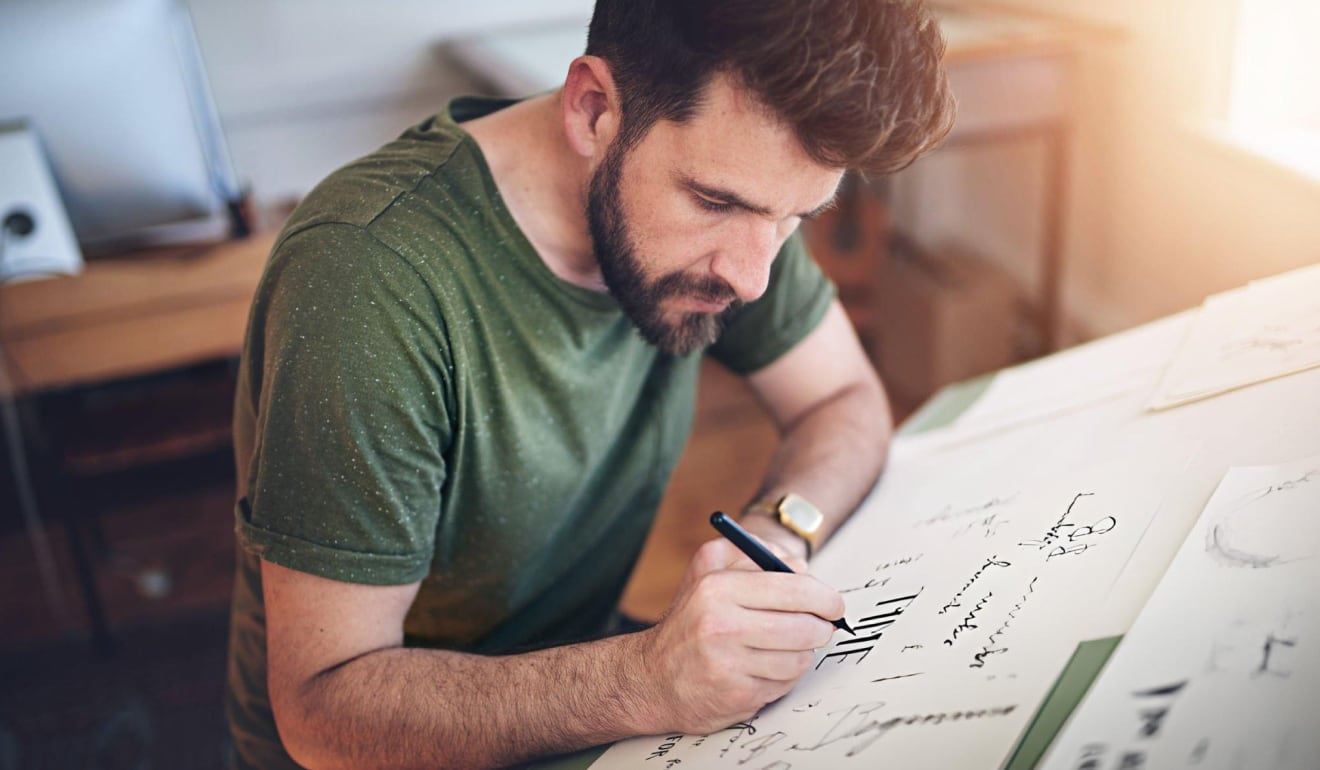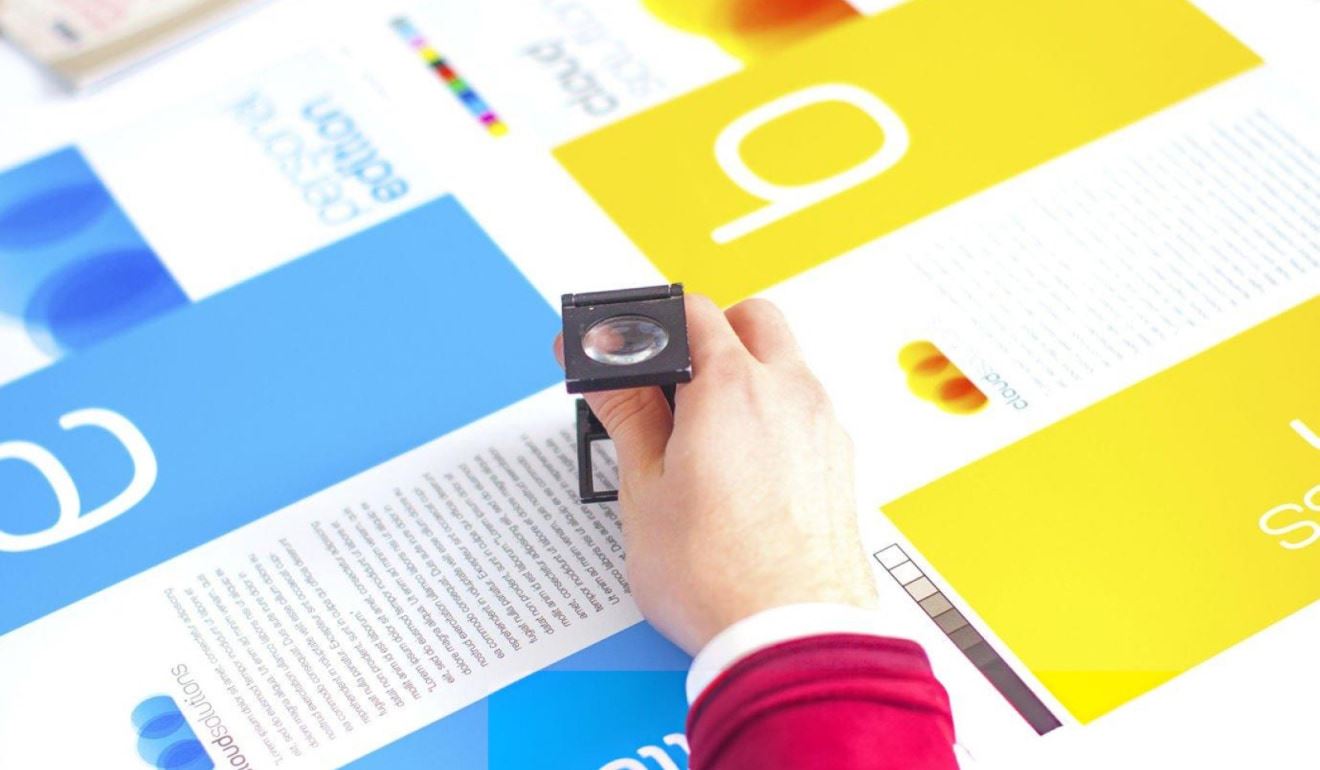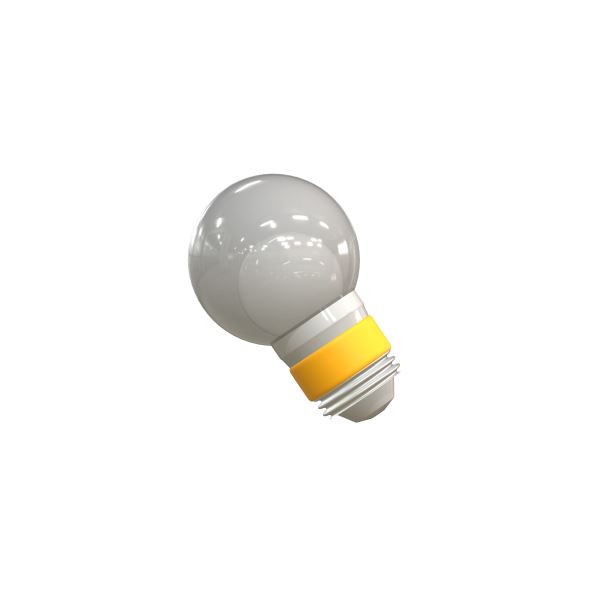Ultima is a website that offers a free library of high-quality illustrations. The library contains over 750 illustrations, which are divided into 30 different packs.
Creating a Cohesive Visual Narrative in a Series of Illustrations

As an illustrator, creating a series of illustrations that tell a story can be a daunting task. You want each piece to stand on its own, yet still contribute to a cohesive visual narrative that draws the viewer in and keeps them engaged. In this blog post, we'll explore the key elements to consider when creating a cohesive visual narrative in a series of illustrations, and provide you with practical tips and techniques to help you achieve your artistic vision.
Understanding Visual Narrative
Before we dive into the nitty-gritty of creating a cohesive visual narrative, let's first define what we mean by the term. A visual narrative is the story told through a sequence of images, where each image builds upon the previous one to create a cohesive and engaging story. In the context of illustration, a visual narrative can be used to convey a message, tell a story, or evoke an emotional response from the viewer.
Key Elements of a Cohesive Visual Narrative
So, what makes a visual narrative cohesive? Here are the key elements to consider:
- Color Palette: A consistent color palette is essential for creating a cohesive visual narrative. Choose a palette that reflects the mood and tone of your story, and stick to it throughout the series.
- Character Design: Consistency in character design is crucial for creating a believable and engaging story. Ensure that your characters' appearances, clothing, and accessories remain consistent throughout the series.
- Composition: A consistent composition can help to create a sense of rhythm and flow throughout the series. Consider using a consistent grid or layout to help guide your composition.
- Lighting: Lighting can greatly impact the mood and atmosphere of your illustrations. Use consistent lighting throughout the series to create a cohesive visual narrative.
- Style: A consistent style is essential for creating a cohesive visual narrative. Choose a style that reflects the tone and mood of your story, and stick to it throughout the series.
Tips for Creating a Cohesive Visual Narrative
Now that we've covered the key elements of a cohesive visual narrative, here are some practical tips to help you achieve your artistic vision:
- Develop a Concept: Before starting your illustration series, take the time to develop a concept. Write down your ideas, sketch out rough thumbnails, and explore different color palettes. This will help you to solidify your vision and ensure that your illustrations work together cohesively.
- Create a Mood Board: A mood board is a visual representation of your concept. It's a great way to explore different colors, textures, and imagery that evoke the mood and tone of your story.
- Use a Consistent Grid: A consistent grid can help to create a sense of rhythm and flow throughout your illustration series. Consider using a grid to help guide your composition.
- Work in a Series: Rather than working on individual illustrations, work on a series of illustrations at once. This will help you to maintain consistency throughout the series.
- Experiment and Iterate: Don't be afraid to experiment and iterate on your illustrations. Try out different color palettes, compositions, and styles until you find one that works.
Case Study: Creating a Cohesive Visual Narrative in a Children's Book
Let's take a look at a real-life example of creating a cohesive visual narrative in a children's book. In this example, we'll explore how illustrator, Emily Gravett, created a cohesive visual narrative in her award-winning children's book, "Wolves".
Color Palette:
Gravett's color palette is consistent throughout the book, with a focus on muted earth tones that reflect the natural world.
Character Design:
The main character, a rabbit, is designed consistently throughout the book, with a focus on simple shapes and bold lines.
Composition:
Gravett's compositions are simple yet effective, with a focus on negative space and bold typography.
Lighting:
The lighting in "Wolves" is consistent throughout the book, with a focus on warm, golden light that evokes a sense of coziness and comfort.
Style:
Gravett's style is consistent throughout the book, with a focus on simple shapes, bold lines, and muted colors.
Creating a cohesive visual narrative in a series of illustrations requires careful planning, attention to detail, and a willingness to experiment and iterate. By considering the key elements of a cohesive visual narrative, including color palette, character design, composition, lighting, and style, you can create a series of illustrations that tell a story and engage the viewer. Remember to develop a concept, create a mood board, use a consistent grid, work in a series, and experiment and iterate until you find a style that works. With these tips and techniques, you'll be well on your way to creating a cohesive visual narrative that will leave a lasting impression on your audience.
FAQ
A visual narrative is the story told through a sequence of images, where each image builds upon the previous one to create a cohesive and engaging story. In illustration, a visual narrative can be used to convey a message, tell a story, or evoke an emotional response from the viewer.
Consistency is important in creating a cohesive visual narrative because it helps to establish a sense of rhythm and flow throughout the series. Consistency in elements such as color palette, character design, composition, lighting, and style helps to create a cohesive and engaging story.
Developing a concept for your illustration series involves brainstorming and exploring different ideas, writing down your thoughts and ideas, sketching out rough thumbnails, and experimenting with different color palettes and styles.
A mood board is a visual representation of your concept, featuring images, colors, and textures that evoke the mood and tone of your story. A mood board can help you to solidify your vision and ensure that your illustrations work together cohesively.
To ensure consistency in character design, create a character design concept that outlines the character's appearance, clothing, and accessories. Refer to this concept throughout the series to ensure that your character's design remains consistent.
Lighting can greatly impact the mood and atmosphere of your illustrations. Consistent lighting throughout the series helps to create a cohesive visual narrative and can evoke a specific emotional response from the viewer.
While it's possible to use different styles throughout your illustration series, it's generally best to stick to one style to create a cohesive visual narrative. Using a consistent style helps to establish a sense of rhythm and flow throughout the series.
A grid can help you to create a cohesive visual narrative by providing a consistent composition throughout the series. Using a grid can help you to balance elements, create a sense of rhythm, and guide the viewer's eye through the illustration.
Working on a series of illustrations at once helps to ensure consistency throughout the series. By working on multiple illustrations at once, you can make adjustments and changes to the entire series, rather than having to go back and revise individual illustrations.
To ensure that your illustration series tells a cohesive story, develop a concept, create a mood board, use a consistent grid, and work on the series as a whole. Additionally, experiment and iterate on your illustrations until you find a style that works, and make adjustments as needed to ensure that the series tells a cohesive and engaging story.









